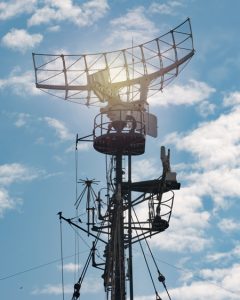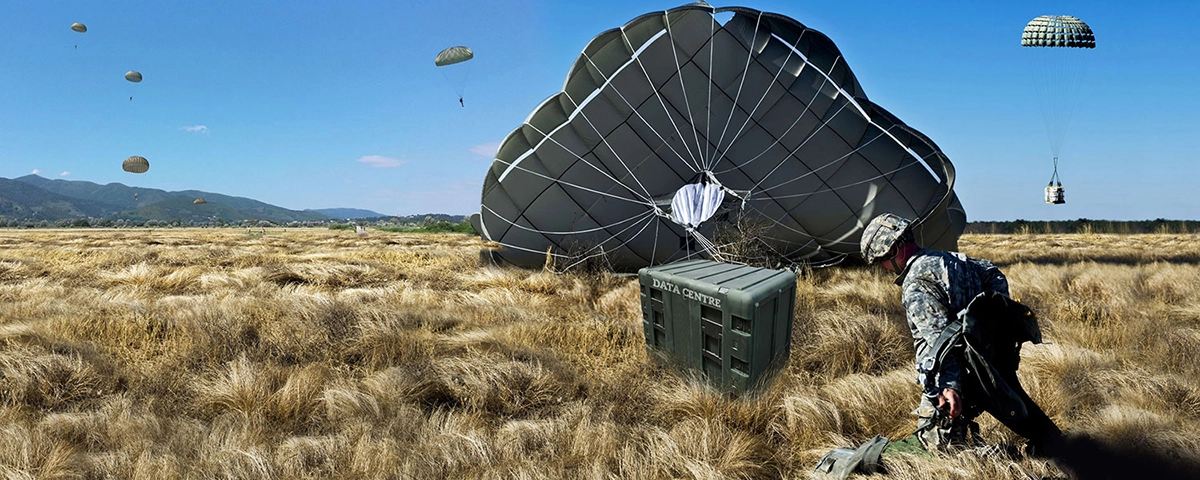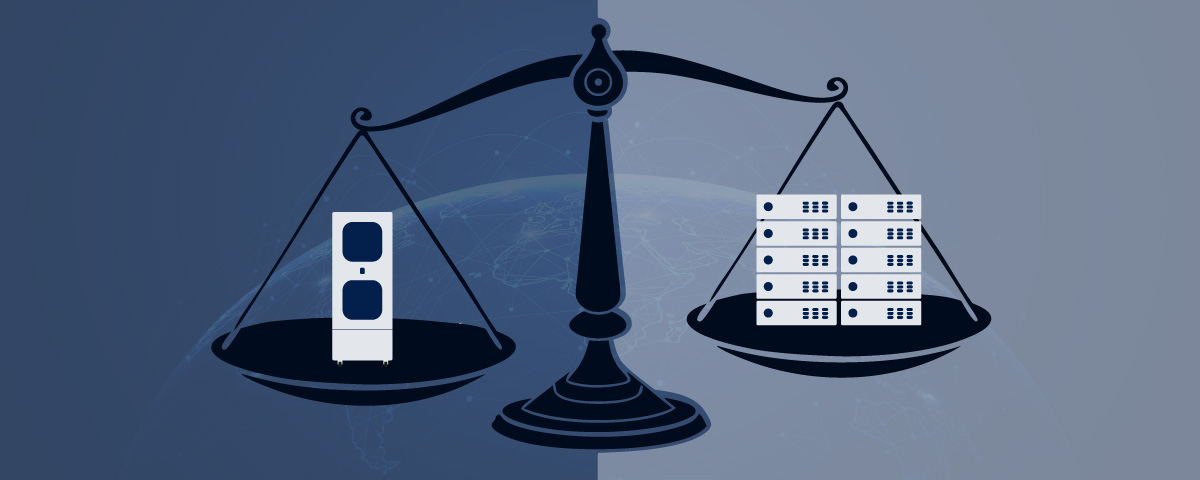One area that’s ripe to take advantage of Edge computing is the defence industry. With technology, such as 5G, AI and other advanced resources, playing crucial roles within every government sector, bringing data storage to the heart of the action – including the remotest of locations – isn’t just nice to have, it’s now become essential.
While other sectors have a need for instant data transfer, storage and strong security, when it comes to sovereign defence, these requirements are at a whole different level. One example of where Edge computing is already being deployed or having the infrastructure put in place is the Installation of 5G and multi-access edge computing equipment at the US Naval Postgraduate School in Monterey, California. Here, it’s expected that the tech will be used to connect unmanned vehicles in the air, ground and beneath the ocean. It’s also hoped that such connectivity will allow submarines to transmit data without having to surface.
But this is just the tip of the iceberg. Implementing the edge offers countless opportunities, with each being bespoke to the mission in hand.

- Data storage can be deployed wherever it’s needed, ensuring sensitive information can’t be intercepted as it travels to and fro along more traditional data routes.
- Keeping warfighters connected or as close to a remote network as possible, allowing for more seamless transfer that can be sporadically backed up as the vessel / aircraft / vehicle reconnects with the network.
- The ability to truly facilitate the Internet of Things (IoT), so leveraging intelligent machines and autonomous systems.
As well as life in the field, Edge computing and MDCs provide training opportunities in a manner that’s never been possible before. The realm of synthetic environments, multi-domains and computer-generated entities – not only in traditionally connected locations but at the remotest of outposts – is now a true reality. Such simulations provide a highly realistic learning space for experimentation, increasing the experience of individuals in a genuinely warlike zone.
Harnessing this technology is a must for governmental departments to take advantage of, with countries, such as Russia and China, already utilising such capability.
Of course, security (both in the physical and cyber plane), scalability and the ability to be powered in the remotest of areas are essential requirements. This is something wholly provided by the evolution of MDCs – running from alternative power sources where necessary and able to withstand extremes of weather (both hot and cold) – with fast deployment and the ability to easily increase the level of storage when required.
Life on the edge comes with the territory in the defence industry. Micro Data Centres are exactly what’s needed to ensure a robust storage need right in the heart of the action. Solutions, such as the Zella Outback outdoor data centre or the Zella Fort rugged data centre, are set to become commonplace in settings around the globe that demand the ultimate combination of security, scalability and the ability to be sited in remote locations.
Get in touch to find out more.





